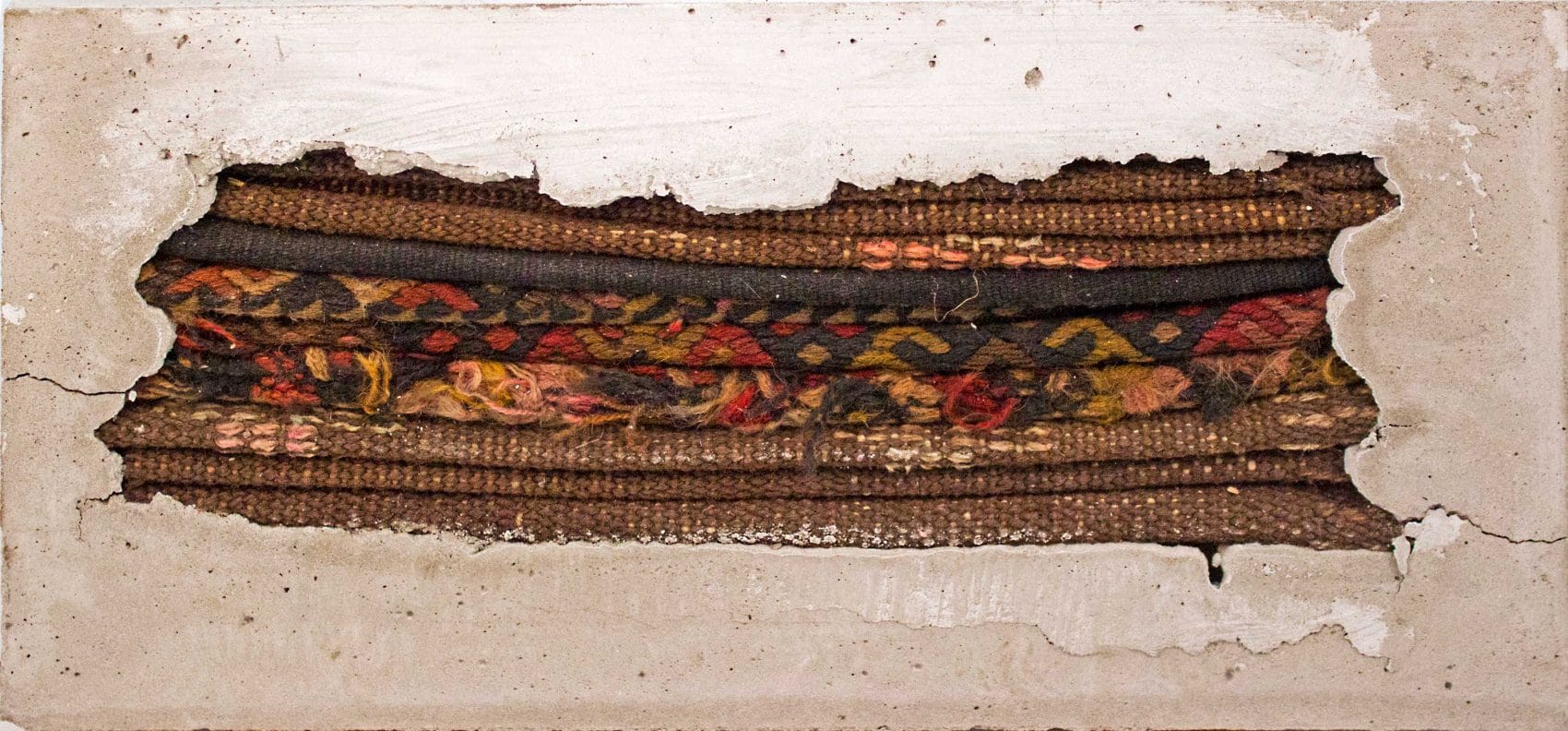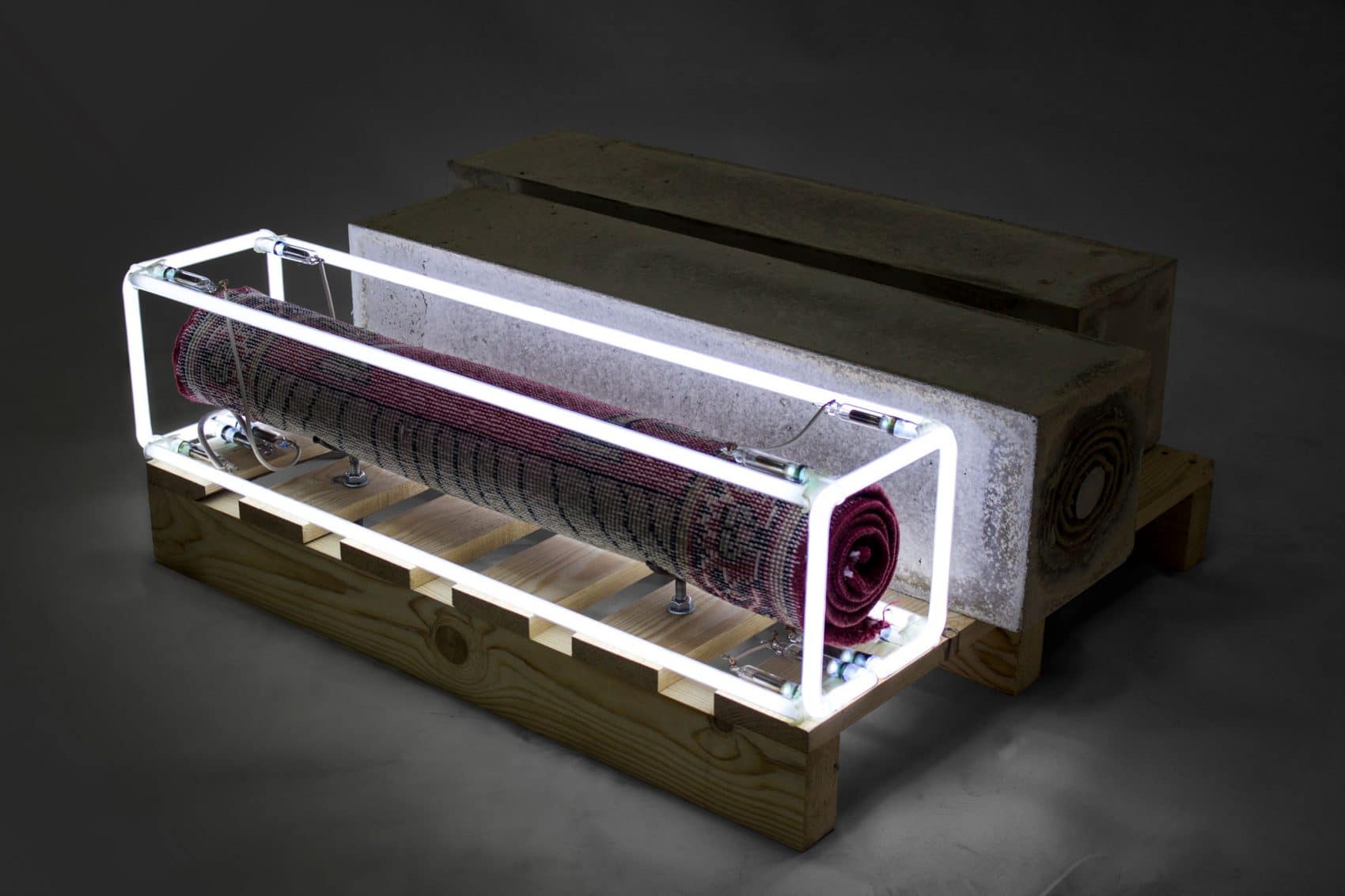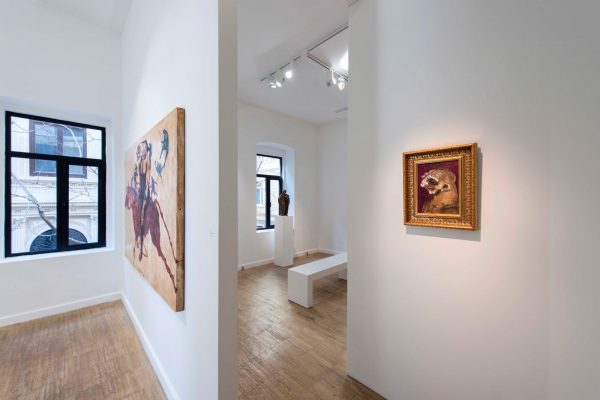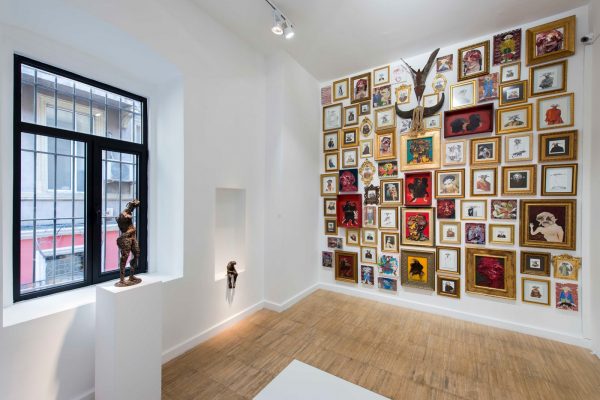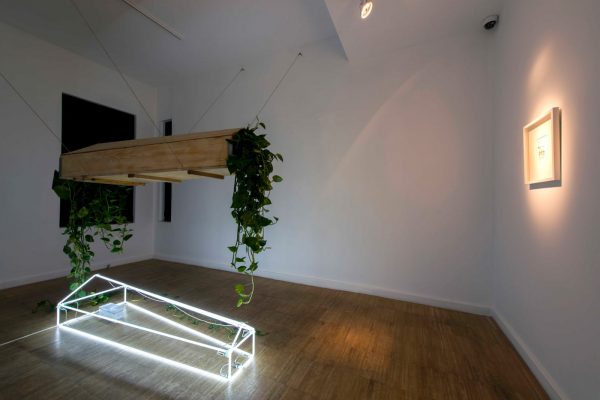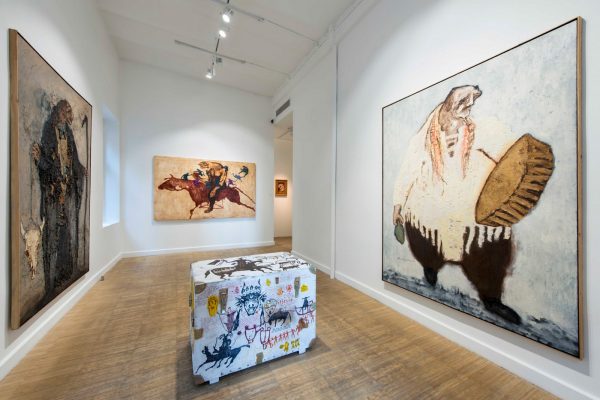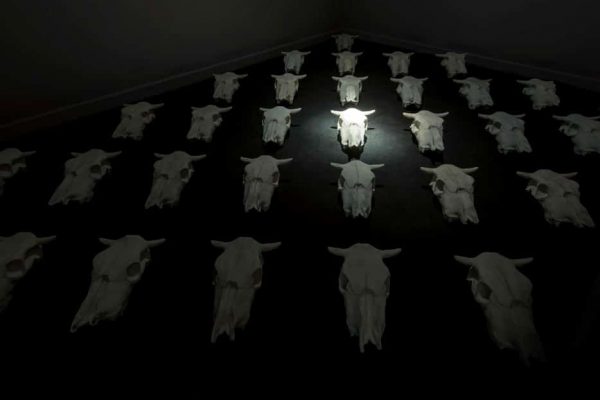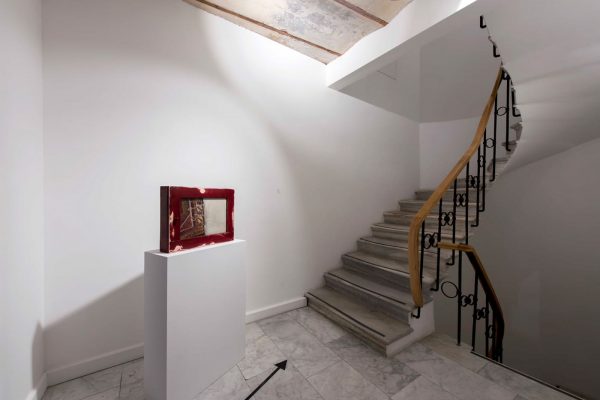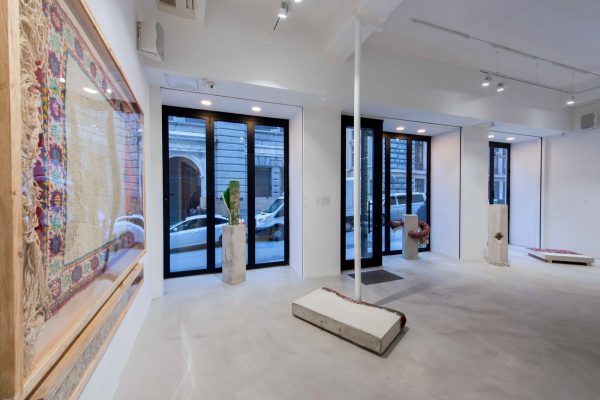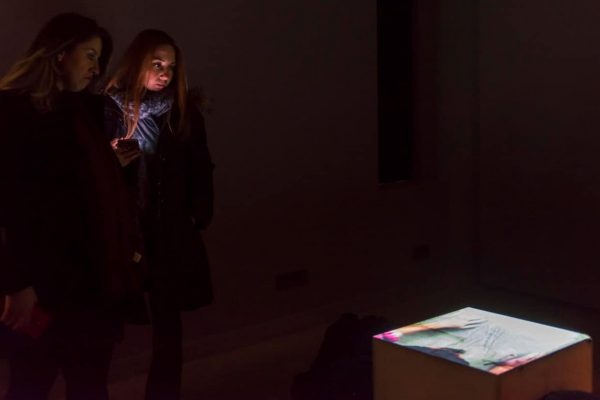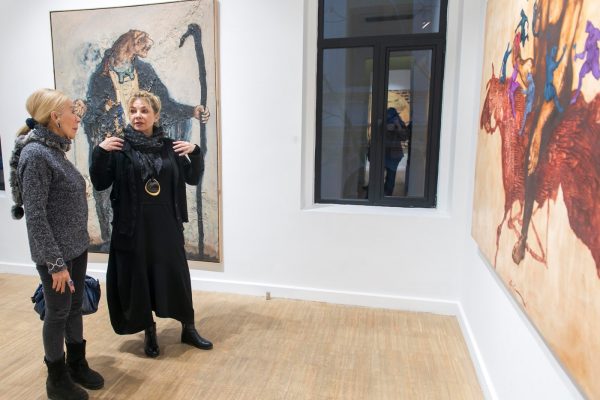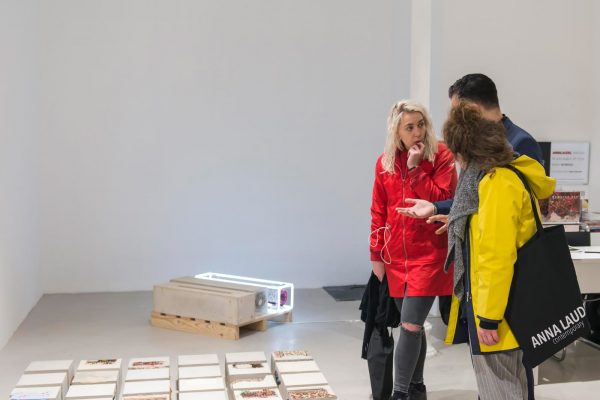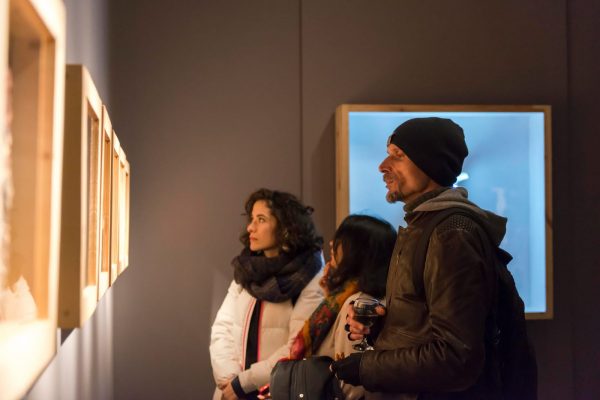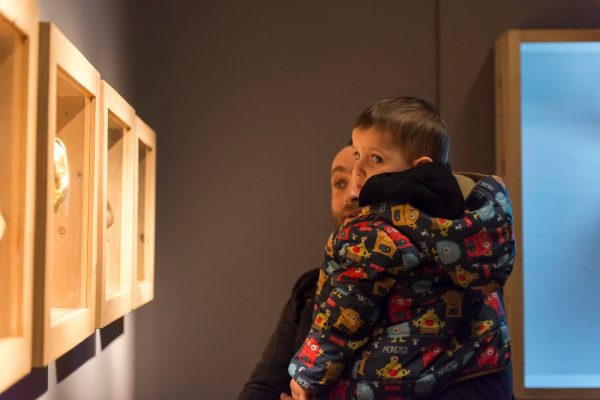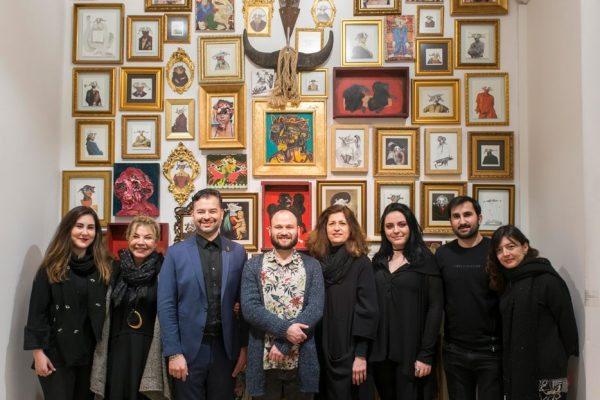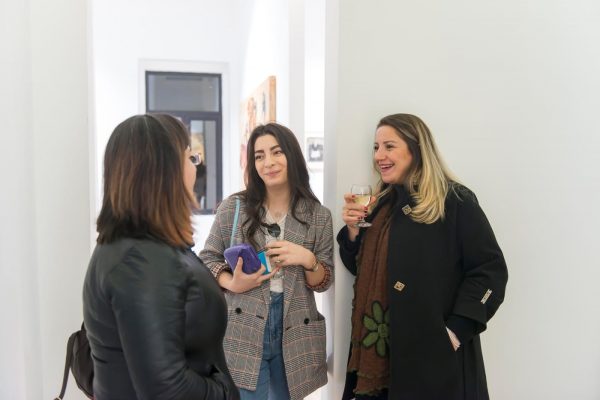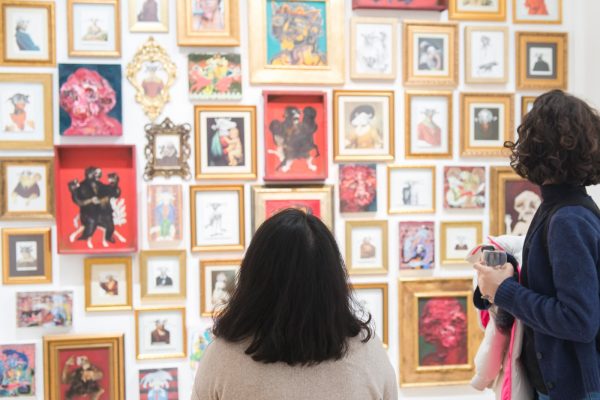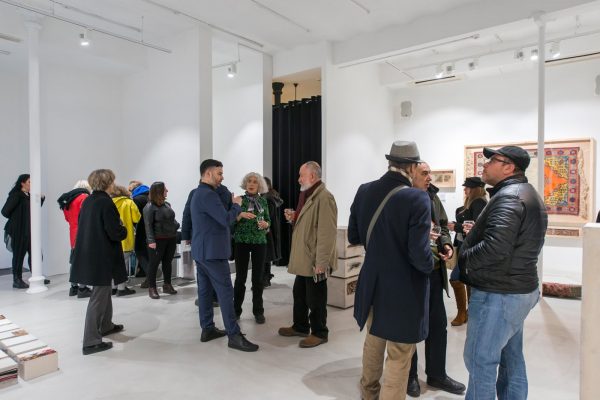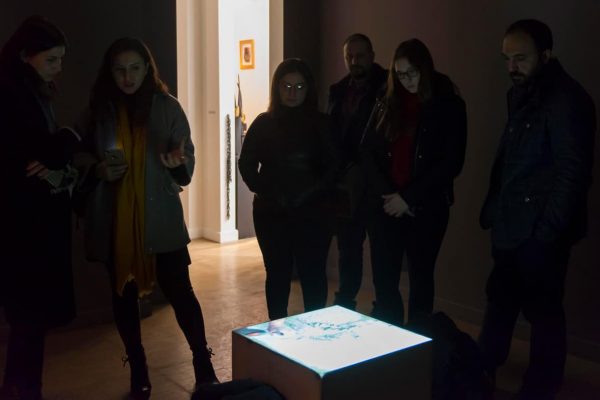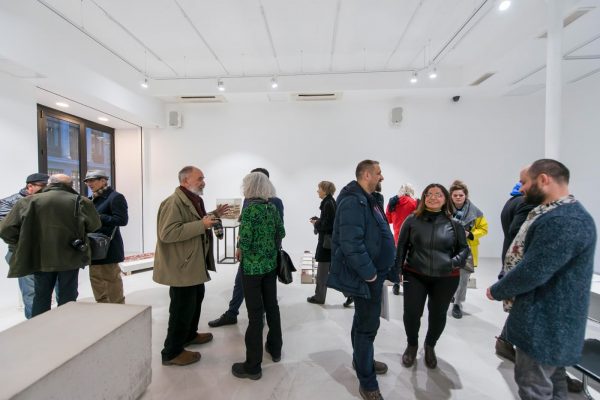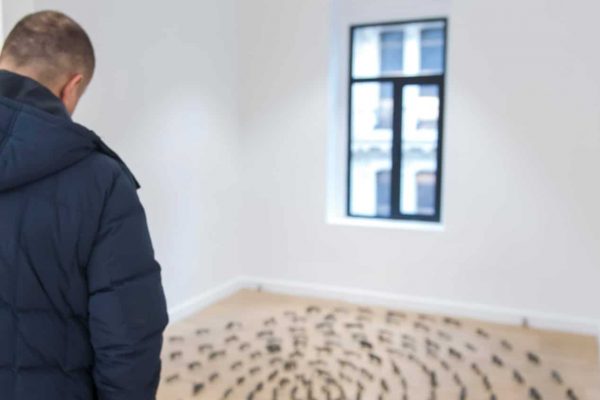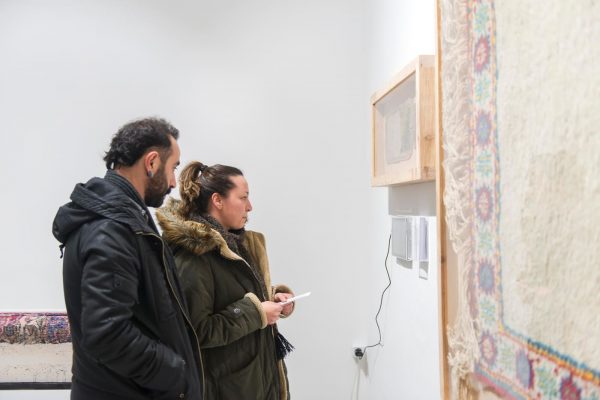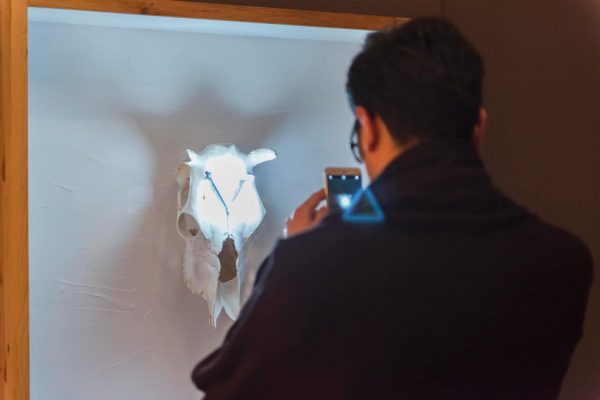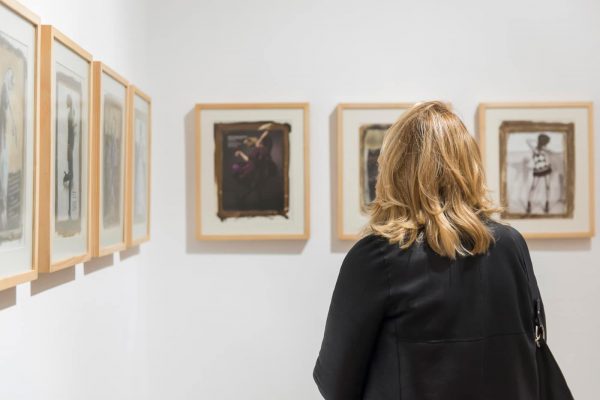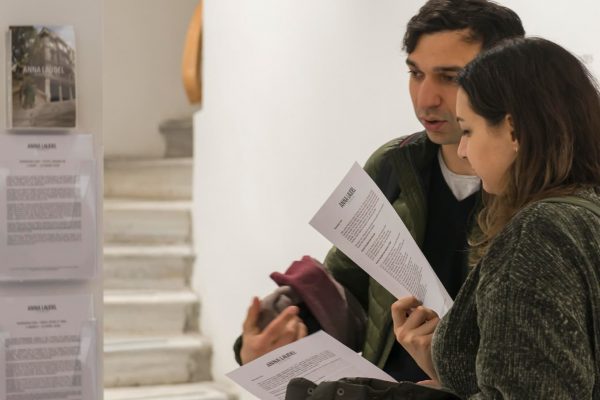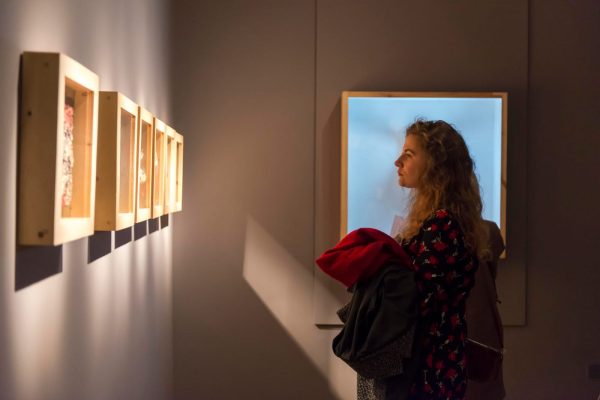Today, the subject recalls yesterday’s past experience through “memory”. The traces of remembrance that “memory” keeps inside belong to the past while, as a fiction created in the present, it radiates its entity in the moment we are in. The togetherness of the past, present and the future, in this sense, allow the memory to be used in the design of identity.
Ramazan Can describes his works mainly through concepts of his identity, memory and time in which he turns his eye to the region that he was born and raised in. He states that he followed the unforgettable anecdotes of his own memories regarding the people who were once nomadic and then had settled in the land. As Andreas Huyssen points out; In order to become a “memory, the “past” should find a voice. The status of remembrance is “now”, but remembrance is not the past itself. For this reason, it could be said that there is a thin slit between living a moment and remembering it, just as there is between the past and present. This cleavage that enables the vibrancy of the memory and its transmission, also feeds artistic creativity of the subject.
The artist recalls his memories of childhood; the rituals performed by his parents who had been using traditional treatment methods for his ailments which, became the first nurturing elements for his future works. Later on, through researches on these rituals, he states that he discovered that these could be traced back to Shamanism, the belief system before Islam. This fact proved that some of the mythological traditions still exist today. These ongoing myths helped him approach some current issues through a Shamanist perspective.
The methodology that the artist followed while looking for answers to current issues, not only led him to establish connections between past and present, but also enabled him to compare the modern and the primitive. Furthermore, these helped him to produce a few series of works that show the wise method of using primitive solutions regarding issues that the “modern” creates.
In his fourth solo exhibition “Once Upon a Time…” the conceptual works of Can come together under diverse titles which will be presented to the audience in different series that touch upon topics such as; death and life, body and spirit, rituals and totems, Shamans and Demonism. Since his works between 2013- 2018 reflect both the historical layers of his memory and the experience of seeking the mythical via these memories, they will be displayed in a chronologic order. The viewer is invited to experience the togetherness of Can’s inner world, childhood memories and his perception of contemporary issues/solutions…

